Japanese alcoholic drinks encapsulate a rich tapestry of tradition, craftsmanship, and innovation, reflecting the country's deep-rooted cultural appreciation for the art of fermentation and brewing. From the iconic rice-based sake to the intricate flavors of shochu and the globally beloved Japanese whisky, each libation tells a story of centuries-old techniques passed down through generations. Savor the delicate aromas of junmai sake, explore the nuanced profiles of barley shochu, or indulge in the refined complexity of single malt whisky—all while experiencing the meticulous attention to detail and reverence for nature that define Japanese alcoholic beverages. Join us on a spirited journey through Japan's captivating world of drinks.
Sake
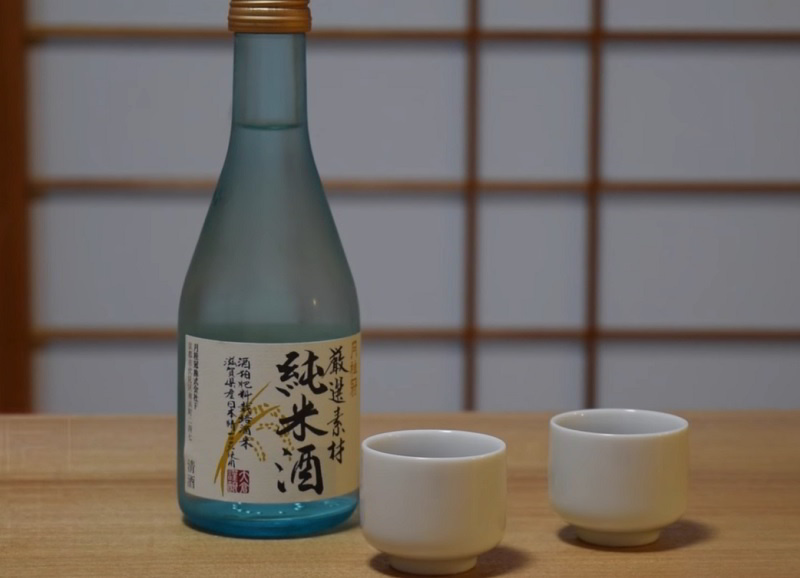
Sake, also known as saké or Japanese rice wine, is a traditional alcoholic beverage made in Japan through the fermentation of polished rice. Despite its name, sake's brewing process resembles that of beer rather than wine, as starch is converted into sugars which then ferment into alcohol. This differs from wine production, where alcohol is naturally derived from fruit sugars, typically grapes. Unlike beer, where the conversion from starch to sugar to alcohol occurs in separate stages, sake undergoes simultaneous conversions during brewing, similar to other rice wines.
Shōchū

Shōchū stands as a Japanese distilled spirit, commonly crafted from rice, sweet potatoes, barley, buckwheat, or brown sugar, and occasionally from ingredients like sesame seeds, chestnut, potatoes, or carrots. Typically boasting a 25% alcohol content, it falls between the potency of whiskey, baijiu, and vodka, and the milder strengths of huangjiu, sake, and wine. Higher alcohol variants, reaching up to 35%, are also available, often used in mixed beverages. Not to be confused with sake, shōchū offers a less fruity taste, its flavor influenced by the starch utilized in distillation, often characterized as "nutty" or "earthy." Widely accessible in Japanese supermarkets, liquor stores, and convenience outlets, canned chuhai drinks featuring shōchū are even vended in Japan's ubiquitous vending machines. However, sourcing shōchū outside Japan is more challenging, primarily found in urban areas with significant Japanese populations.
Habushu
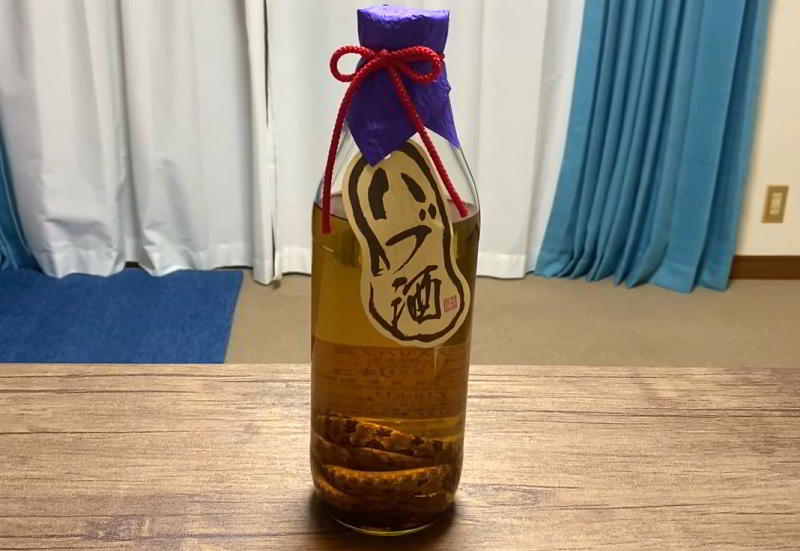
Habushu is a unique and intriguing alcoholic drink that originates from Japan. It is a type of liqueur infused with a venomous snake known as the habu snake, which is native to the Okinawa region. The habu snake is known for its potent venom, but in this case, it is used to create a highly unusual beverage. The drink is prepared by soaking the habu snake in a strong alcohol, typically awamori, which is a traditional Okinawan rice wine. The venom from the snake is believed to dissolve in the alcohol, resulting in a potent and distinctive flavor. The snake is usually preserved in the bottle, adding to the visual appeal and authenticity of the drink. Habushu Dish is often consumed as a traditional medicinal drink, believed to have various health benefits. It is also consumed for its unique taste and the novelty of drinking a beverage infused with a venomous snake.
Chūhai
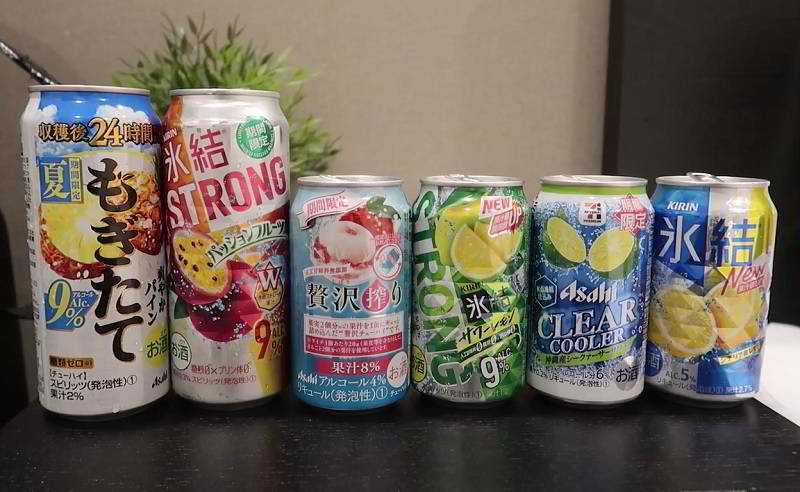
Chūhai, a popular alcoholic beverage hailing from Japan, has traditional roots in barley shōchū mixed with carbonated water and lemon flavoring. However, modern iterations often substitute vodka for shōchū, with beverage companies introducing a diverse array of flavors such as grapefruit, lime, apple, pineapple, and more. While chūhai served in bars and restaurants typically boasts a low alcohol content for safer consumption, canned versions, readily available in convenience stores and vending machines, may pack a stronger punch. Unlike communal drinks like sake, beer, or whisky, which are poured from shared bottles, chūhai is typically served in individual tall glasses or mugs, lending it a less communal aspect. Some establishments offer fresh chūhai with hand-squeezed juice, and due to its high sugar content, the calorie count per bottle can be notably higher compared to other alcoholic beverages.
Umeshu
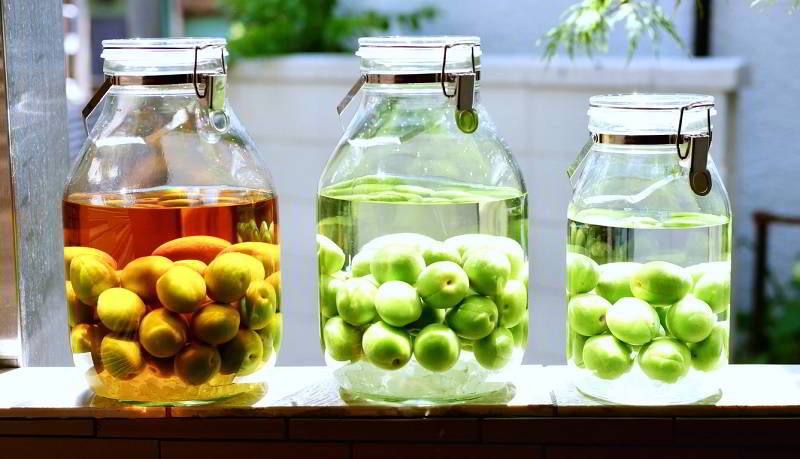
Umeshu is a delightful Japanese liqueur crafted by infusing unripe, green ume plums in a blend of liquor and sugar. It offers a delightful blend of sweet and sour flavors with an alcohol content ranging from 10% to 15%. Renowned brands like Takara Shuzo, Choya, and Matsuyuki produce popular varieties of umeshu, some featuring whole ume fruits within the bottle. Many enthusiasts also create their own homemade umeshu.
Japanese eateries feature a variety of umeshu options, often crafting cocktails like Umeshu Sour, Umeshu on the Rocks, Umeshu Tonic with tonic water, and Umeshu Soda with carbonated water. It's commonly mixed with green tea or warm water and can be enjoyed at different temperatures: chilled, with ice, at room temperature, or even served hot during the winter months.
There are two main types of umeshu: one made from real plum fruit and another using additives to replicate the plum flavor. Honkaku Umeshu, labeled as such, is crafted exclusively from sugar, plum fruit, and alcohol without any additives.
Awamori
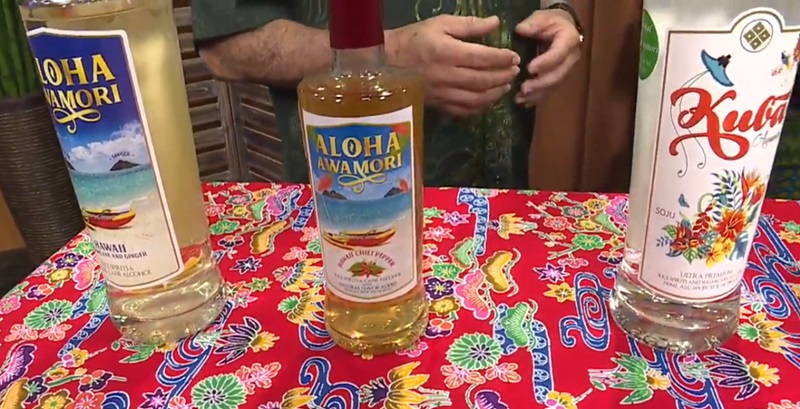
Awamori stands as a distinctive alcoholic beverage native to Okinawa, Japan, uniquely crafted from long-grain indica rice through a process of distillation, akin to shōchū, rather than brewing like sake. Due to increased domestic demand, much of the indica rice used in awamori production is now imported from Thailand, as local production falls short.
With a potency ranging from 60 to 86 proof (30-43% alcohol), though "export" varieties tend to be 50 proof (25% alcohol), some styles can reach a staggering 120 proof (60%) and are flammable. Aging in traditional clay pots enriches awamori's flavor and smoothness.
Preferred by many, awamori is commonly enjoyed with water and ice, often served alongside a carafe of water and a container of ice in Okinawan restaurants. It can also be savored neat, on the rocks, or incorporated into cocktails. Historically, it was presented in kara-kara, small earthen vessels containing a clay marble that would produce a distinctive sound when empty. While these vessels still exist in Okinawa, the clay marbles are often omitted nowadays.
Amazake
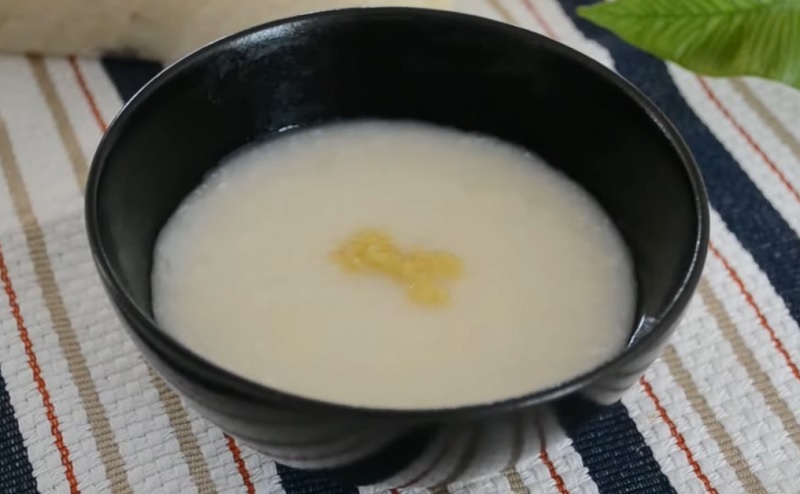
Amazake, a cherished traditional Japanese beverage, is a sweet, low-alcohol or non-alcoholic drink crafted from fermented rice. Its origins trace back to the Kofun period and are documented in the Nihon Shoki. Like miso, soy sauce, and sake, amazake is part of the family of traditional Japanese foods made using the koji mold Aspergillus oryzae.
Various recipes for amazake have been passed down for generations. In one method, koji is added to cooled whole grain rice, triggering enzymes to break down carbohydrates into natural sugars as the mixture incubates. Another recipe involves mixing sake kasu with water and adding sugar.
This versatile beverage finds its way into desserts, snacks, natural sweeteners, salad dressings, and smoothies. One popular traditional preparation involves combining amazake with water, simmering the mixture, and garnishing with a pinch of finely grated ginger. Street vendors once sold this comforting drink, which is still enjoyed at inns, teahouses, and festivals. During the New Year, many Shinto shrines and Buddhist temples offer or sell amazake. In the 20th century, an instant version of amazake became readily available.
Sake Bomb

Sake, a traditional Japanese alcoholic beverage, holds a prominent place in the country's drinking culture. Sake is a rice wine that is brewed using a fermentation process. It is known for its smooth and delicate flavor profiles, ranging from dry to sweet. One popular way of consuming sake in Japan is through a unique drinking ritual called the "sake bomb." This drink is created by dropping a shot glass filled with sake into a glass of beer. The shot glass is balanced on two chopsticks, and with a loud cheer, the table is hit, causing the shot glass to fall into the beer. The mixture of the two beverages creates a fizzy and refreshing drink with a slightly higher alcohol content. The sake bomb is often enjoyed in izakayas (traditional Japanese pubs) as a fun and social drinking experience.
Beer
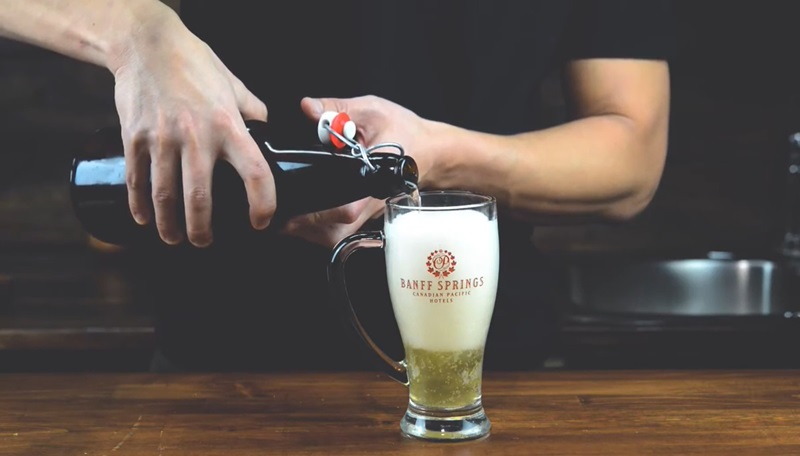
Beer is a popular alcoholic beverage in Japan, known for its wide variety, quality, and rich history. Japanese beer has been influenced by European brewing traditions since it was first introduced to the country in the late 19th century. It is commonly made with malted barley, hops, water, and yeast, but some breweries also incorporate rice or other ingredients to create distinct flavors. In addition to traditional styles like lagers and pilsners, Japan is also known for producing unique and innovative craft beers. These craft beers often feature local ingredients and experimental brewing techniques, offering a wide range of flavors and aromas to explore.
Following deregulation in 1994, microbreweries have experienced a surge in popularity, offering unique and flavorful beers across a spectrum of styles. These breweries align with Japan's culinary culture, emphasizing craftsmanship, quality, and the sourcing of ingredients.
Craft beer establishments, including bars and pubs, have also gained traction in Japan's metropolitan hubs, particularly Tokyo and Osaka. These locales boast dynamic craft beer scenes, spotlighting both locally crafted brews and imports from the United States and Europe.
Kuchikamizake

Kuchikamizake, also known as kuchikami no sake, is a type of sake, a rice-based brewed alcohol, produced through a unique fermentation starter process. This traditional Japanese alcoholic beverage holds historical significance as one of the earliest known drinks of its kind.
The term "kuchikamizake" derives from "kuchi" meaning "mouth," "kami" meaning "to chew," and "zake," a form of "sake" found in compound words. This sake variant is characterized by its white color and sour taste, typically reaching up to 7% alcohol by volume after two weeks of fermentation.
Interestingly, kuchikamizake is made from chewed rice, where the mixture of saliva enzymes and rice initiates the fermentation process. Shinto ceremonies on some islands in Okinawa Prefecture once incorporated this unique method of sake production until the 1930s.
Nigori
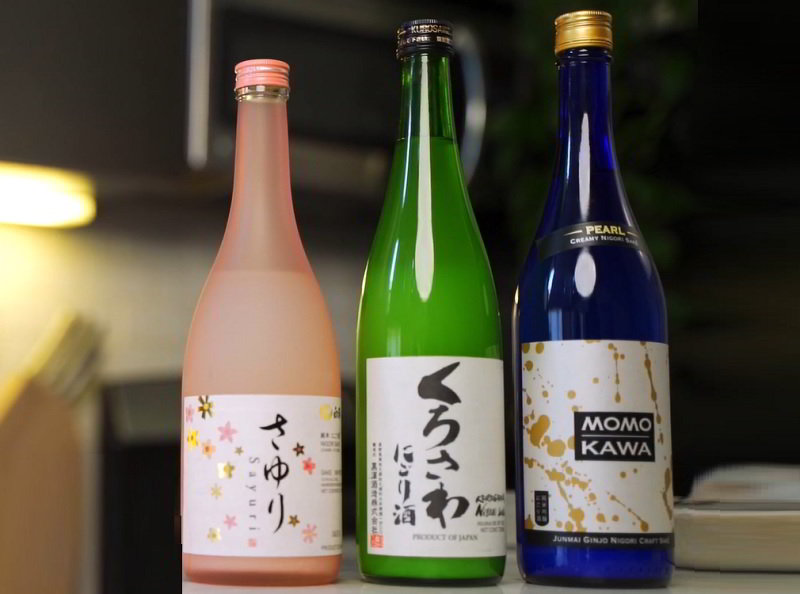
Nigori, also known as nigorizake, is a type of sake, an alcoholic beverage crafted from rice. Its name, "cloudy," aptly describes its appearance, distinguishing it from other sake varieties. With an alcohol by volume content ranging from 12% to 17%, typically averaging around 15% but occasionally reaching as high as 20%, nigori sake is renowned for its distinct cloudy texture.
Unlike conventionally filtered sake, which undergoes a finer filtration process to remove residual grain solids from fermentation, nigori sake is filtered using a broader mesh. This method allows fine rice particles to permeate the drink, resulting in its cloudy appearance.
The unfiltered variant of sake, known as doburoku, was historically brewed by farming families across Japan but was banned during the Meiji period. However, this tradition has experienced a revival, particularly in the Mihara village area of southern Shikoku, known for its doburoku breweries.
Nigori sake is prized for its sweetness, featuring a fruity aroma and mild flavor profile. It pairs exceptionally well with spicy dishes or serves as a delightful dessert wine. In some cases, nigori sake may be unpasteurized namazake, indicating that it is still undergoing fermentation, lending it a effervescent quality.
Tamagozake
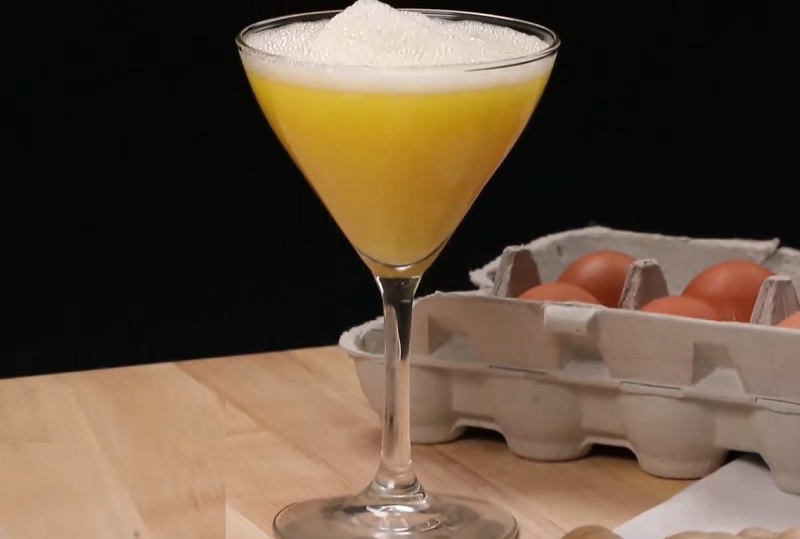
Tamagozake is a traditional Japanese alcoholic drink that is made by mixing warm sake with a beaten egg. It is a popular winter beverage in Japan and is often consumed to warm up during the cold months. The name "tamagozake" translates to "egg sake" in English, which accurately describes its main ingredients. To prepare tamagozake, warm sake is poured into a cup or small bowl. A fresh egg is then cracked and beaten, and the mixture is gradually added to the sake while stirring continuously. The result is a creamy, frothy drink with a smooth texture. Tamagozake is known for its rich and comforting taste. The combination of the warm sake and the egg creates a sweet and slightly savory flavor profile.
Toso
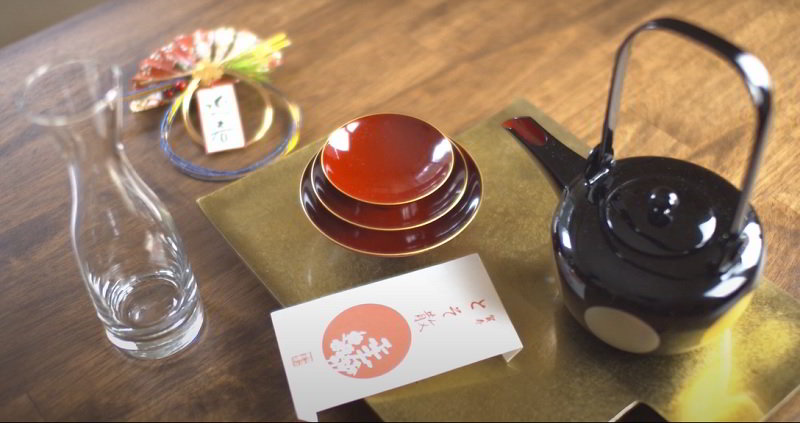
Toso, also referred to as o-toso, stands as a spiced medicinal sake customarily imbibed during Japanese New Year festivities. Its purpose is to purify the body of any lingering ailments from the past year while symbolizing the wish for a healthy and lengthy life. Through the ages, a belief has persisted that "if one person drinks this, his family will not fall ill; if the whole family partakes, no one in the village will suffer illness." Toso holds a longstanding place in Japan's New Year's osechi cuisine tradition.
Crafting toso involves blending various medicinal herbs into a spicy concoction known as tososan, which is then steeped in sake or mirin. When prepared with mirin, a sweet rice wine, it becomes suitable for consumption, though fermented mirin seasoning, due to its saltiness, is not used in the process.
Saketini
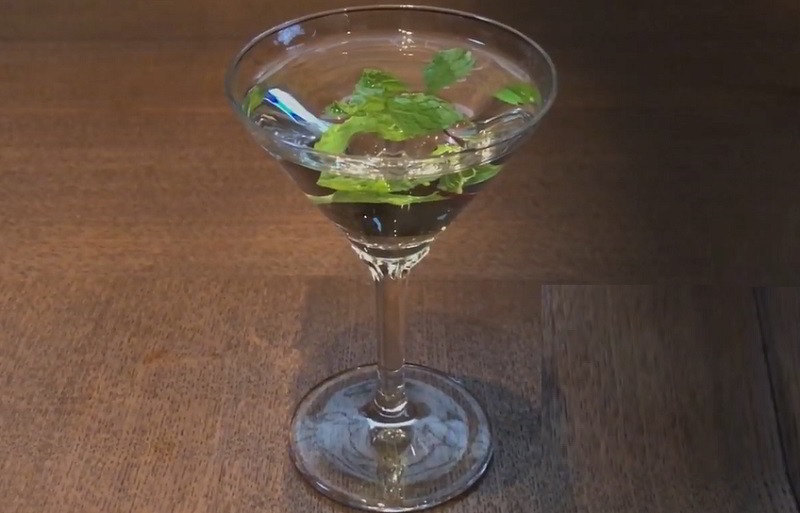
The saketini is a cocktail featuring sake as its primary ingredient, complemented by a variety of other components such as simple syrups, liqueurs, distilled spirits, juices, and garnishes. Its name, a blend of "sake" and "martini," reflects its roots in the classic martini cocktail traditionally crafted from gin and vermouth.
Before the resurgence of the martini's popularity in the early 2000s, individuals began incorporating sake into cocktails, coinciding with a broader interpretation of the term "martini" to encompass a diverse array of mixed drinks. While some cocktail purists view the saketini as a departure from the traditional gin-vermouth martini and question its authenticity, others like mixologist Lucy Brennan endorse and have created numerous sake-based cocktail variations.
Doburoku
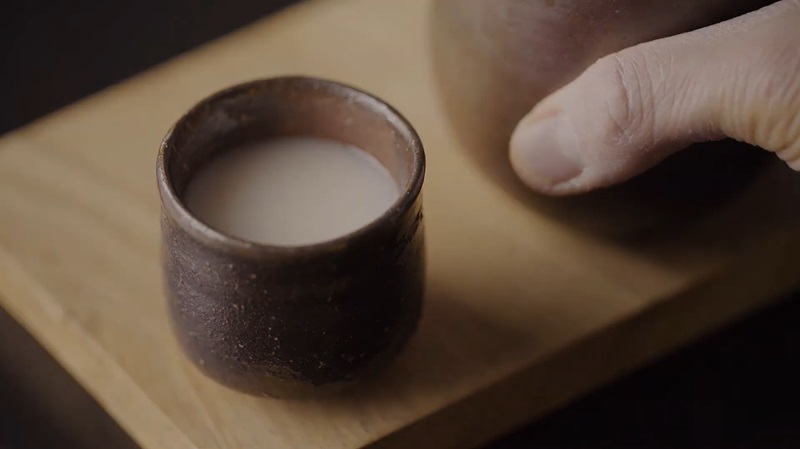
Doburoku stands out as a type of sake crafted from rice in its simplest form, foregoing the filtering or pressing steps typical in traditional sake production. Unlike the commonly known cloudy "nigori" sake, which usually undergoes some level of filtering to remove sake lees, Doburoku remains unfiltered throughout fermentation.
While nigori sake is often described as "unfiltered," this isn't entirely accurate due to Japanese regulations mandating filtration for all sake. However, nigori follows the same brewing processes as clear sake but is passed through a more porous cloth, allowing rice solids to remain in the liquid, hence its cloudy appearance and name.
Doburoku typically boasts a lower alcohol content compared to other sakes. This is attributed to the gradual addition of main ingredients – steamed rice, koji, and water – to the yeast starter (shubo or moto) over several days in a controlled temperature environment. This method ensures the yeast remains active throughout the fermentation process, allowing the brewer to regulate when to halt fermentation.
Akumochizake
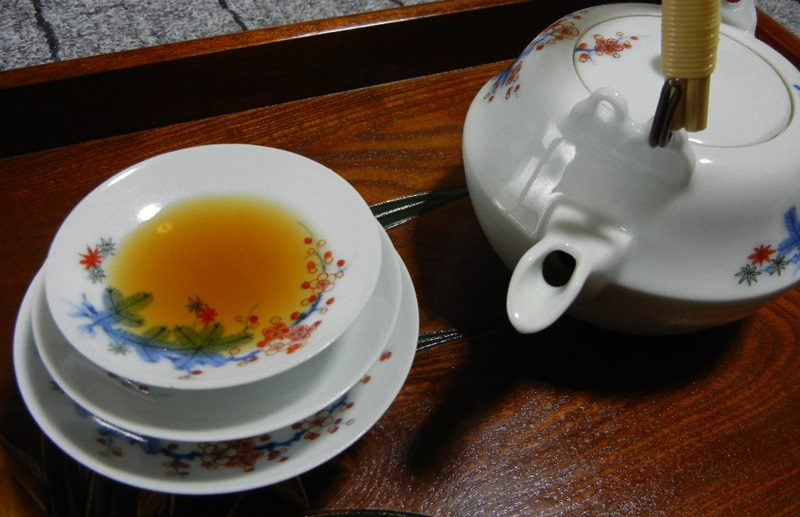
Akumochizake, also known as akumochishu, represents a unique type of Japanese sake crafted by incorporating charcoal into the fermented unrefined sake. The origins of akumochizake trace back to kuroki, a black sake brewed since the Heian Period for ceremonial offerings to deities. This traditional method involved fermenting rice and water with malted rice before adding charcoal derived from grasses or trees.
Modern akumochizake maintains this tradition by utilizing the same ingredients and brewing techniques. The addition of charcoal serves to neutralize acidity, rendering the sake alkaline and inhibiting the growth of bacteria responsible for spoilage. Additionally, the interaction between the amino acids in the sake and sugar gradually produces a reddish hue and imparts a distinctive flavor.
The term "akumochizake," incorporating the character for charcoal, stems from the practice of adding charcoal to regulate bacterial reproduction. In contrast, common sake brewed since the Edo Period undergoes heating during production to eliminate bacteria, earning it the designation "Himochizake," incorporating the character for fire.


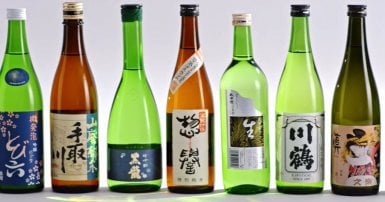
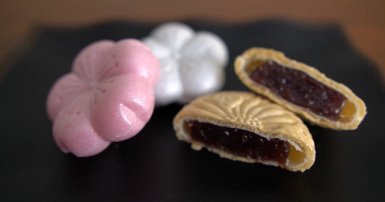
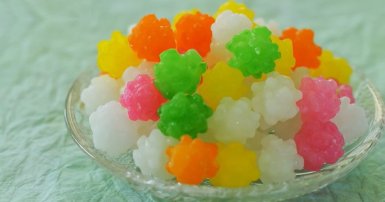
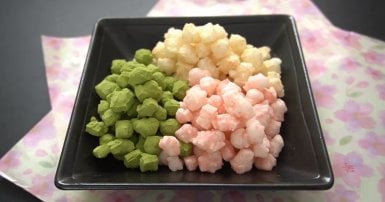
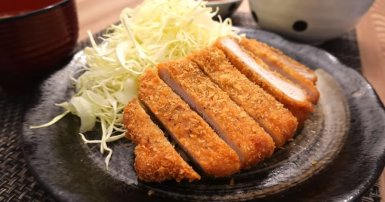
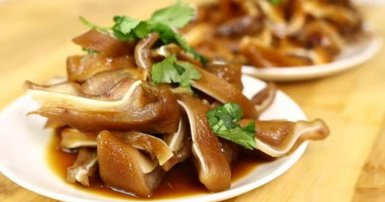

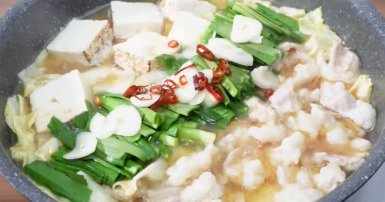

-1709813013.jpg)


